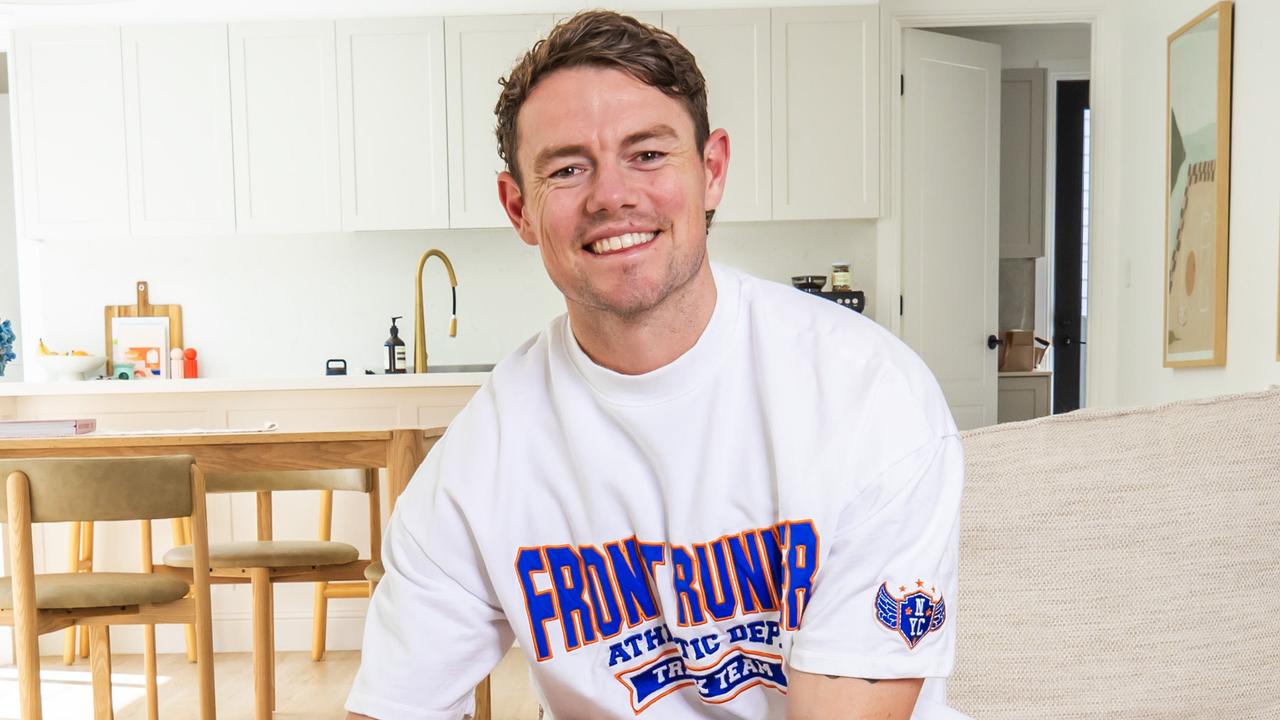$5000 to keep your dog forever: Inside the world of freeze-dried pets
If burial or cremation is not what you want for a dear departed pet, there is another option: freeze-dry them and pat them forever.

QWeekend
Don't miss out on the headlines from QWeekend. Followed categories will be added to My News.
He set off from Broome on the West Australian coast for the Great Northern Highway, just him and his dog on the road again, like old times. For years they’d travelled together, the little black terrier with the grey muzzle developing the habit of jumping onto the shelf at the rear window to watch as the kilometres slipped by.
For four days the man traversed the continent: from Broome across to the Northern Territory, then on to Mt Isa before heading south towards the hamlet of Kandanga, near Gympie.
He had a deeply personal delivery to make; one he would not trust to a courier. Every so often, he’d stop to drain the water from the ice box in the back of his ute. It’s no stretch to imagine him pausing to remember the good times as he added more ice to his cargo. Gently.
Because inside the ice box was his little dog. His best friend had died and the man’s world was rocked. He couldn’t just bury him.
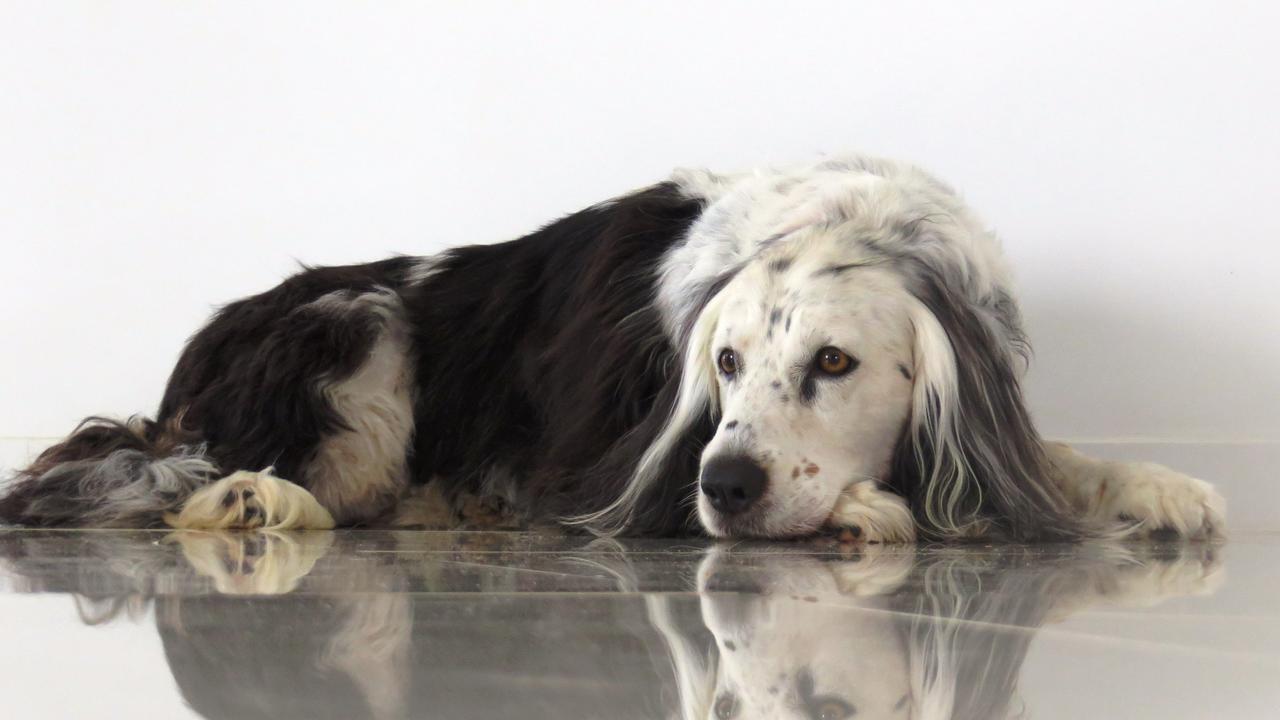
So the man in his 50s made his long journey to the workshop of Markus Michalowitz, the only man in the country who offers what he wanted.
He wanted to keep his little dog, to preserve him. He wanted him freeze-dried in his signature position; lying down, looking out.
‘10 minutes from death’: How bloodied dog’s 200m sprint saved dying owner
What your dog breed really says about you
“He was adamant he was getting it done,” recalls Michalowitz. “He was going to have it travel with him further once it was done, sitting the same way it used to sit and look out the window.”
Whatever your reaction to this story, Michalowitz knows them all. He knows some will call it macabre, sick, weird. Others will be curious. And he knows there are those whose love for their pet is so deep, their grief so great, that the idea of having their companion’s freeze-dried body nearby is far more comforting than it is freaky.
“Some people have trouble letting go,” says Michalowitz, 52, guiding the way into his workshop. “It’s better than a picture; you can touch it, feel it.”
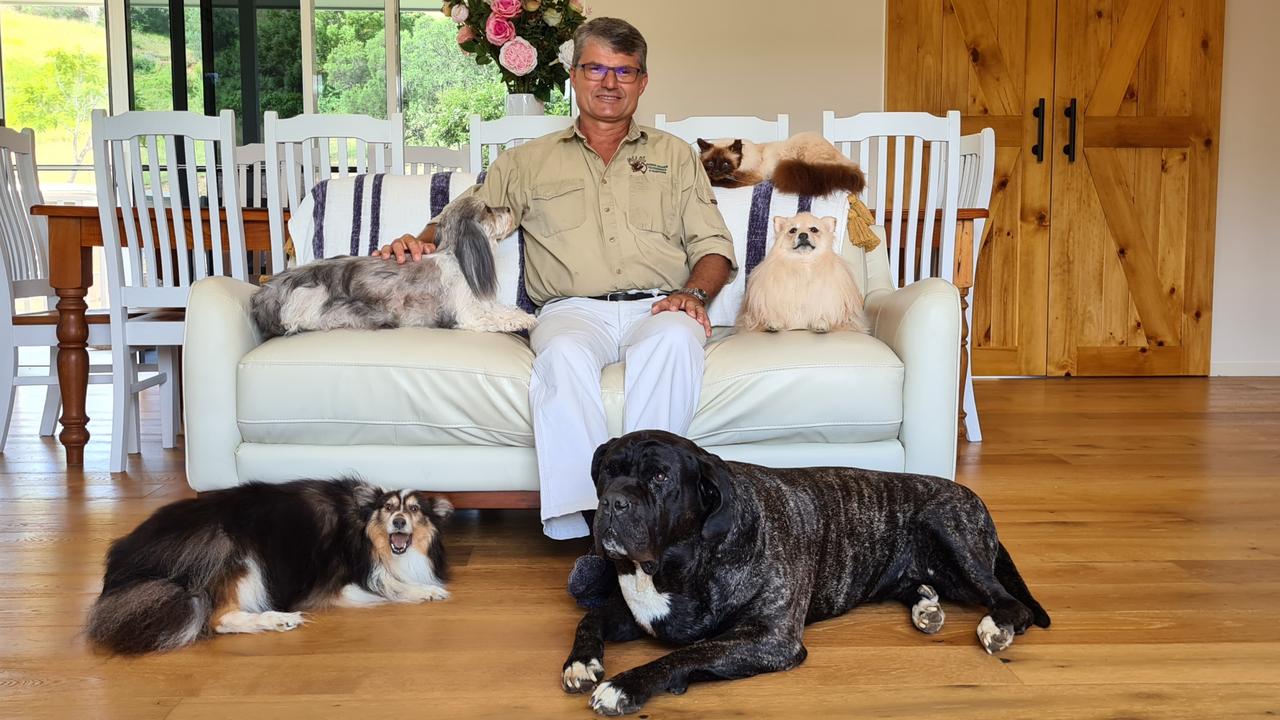
As exhibit A, he reaches out and plucks a ginger cat from a shelf for me to pat. It feels fluffy. It’s soft and it’s lifelike and, yes, the experience is a little … odd. This moggy will be going home to its adoring owner soon; it just needs a little ginger paint applied near its whiskers.
In this corner of his Pet Preservation workshop, pets that have already been freeze-dried are awaiting their finishing touches or are ready for pick-up. A pretty grey cat is curled up on a bench, eyes closed as if asleep. A chihuahua that was once a matron-of-honour at a wedding sits upright, resplendent in a pink and purple bolero.
“I have to paint the toenails pink, apparently,” says Michalowitz. There’s a big, black and white mastiff sitting in a regal pose, staring steadily, as if waiting for his owner to return.
Michalowitz walks towards another room, where household freezers full of dead pets and other animals hum. Beyond them are two industrial-size freeze-driers. Inside one, in a cylindrical, sealed vacuum chamber about a metre wide, sits a ginger and white cat, a piglet and a rabbit, every skerrick of moisture in them being slowly sucked away.

STAR POWER
Rosie, the beloved red cattle dog of celebrity builder Scott Cam, accompanied her owner to the Channel 9 studios mid-last year while Cam spoke with Today Show hosts, Karl Stefanovic and Allison Langdon. As a regular on The Block, Rosie was used to cameras but this was a very quiet dog. And still. Rosie had been to Michalowitz’s workshop.
On another day, two women turned up at the workshop with a frozen pomeranian. “It was weird, they had gold rings and were dressed up to the nines,” Michalowitz says. The dog had been a star; it was the pomeranian fought over by actors playing 1920s organised crime bosses, Kate Leigh and Tilly Devine, in the TV drama, Underbelly: Razor.
Michalowitz’s clients come from far and wide and all walks of life, the common feature being their inability to let go of their pet just yet.
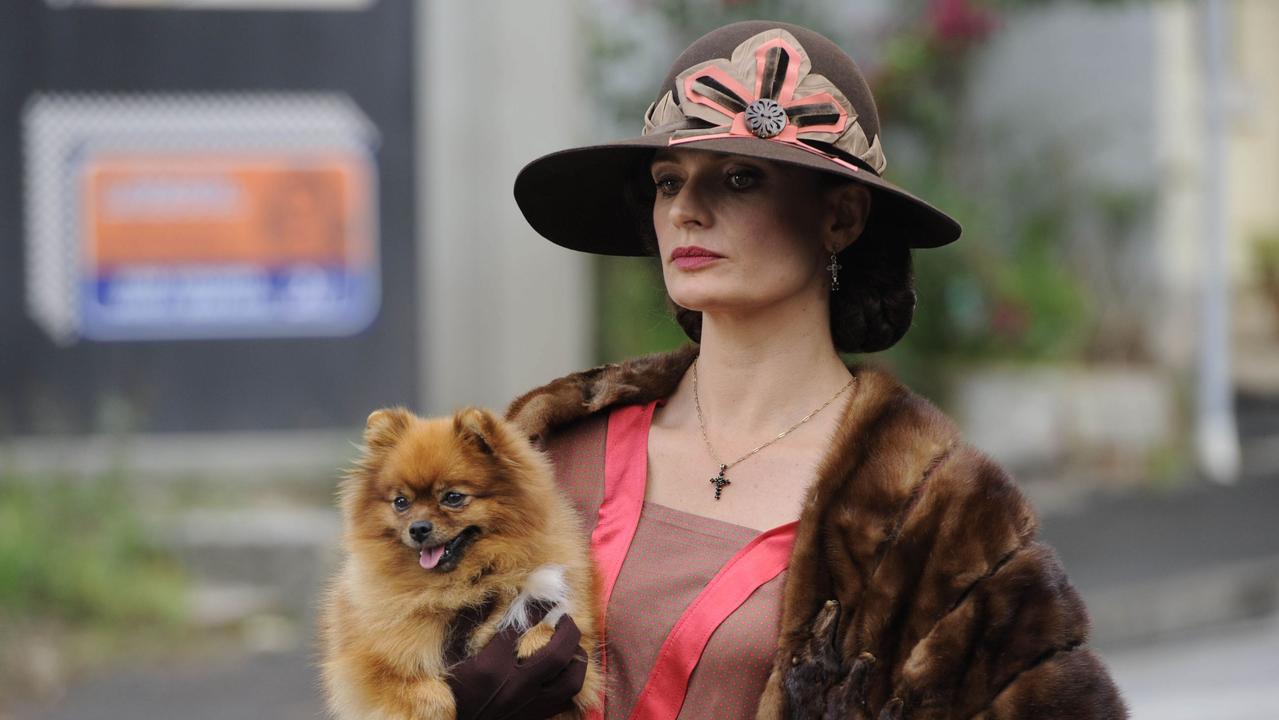
“I’ve had the most educated, up-in-society people right through to the interesting ones and the poor ones and everything in between,” says Michalowitz. “There’s no type.”
But there are cases with a twist. He once fielded a call from the father of a woman who adored her pug. She planned to have it in the bridal party at her pending wedding. The father accidentally ran over it.
“He rang me, all panicked,” says Michalowitz. “We fast-forwarded that dog so it could be ready for the wedding. They still used it for the wedding; it was there on the chair, apparently, sitting next to them.”
Freeze-drying pets takes time. A small cat or dog can be in the chamber for up to three months but a larger animal, like the 70kg mastiff, requires about five months.
It’s not cheap, either. A 10kg dog will cost about $2100, big ones up to $5000. But, says Michalowitz: “Most of the people who get this done have spent a lot of money on their pet throughout its life.”
Michalowitz began freeze-drying pets about 10 years ago after a growing number of requests for moggies or mutts to be taxidermied. That’s his core business: scan out from the part of his workshop where pets are stored, and the walls and floors are filled with the mounted heads of wild beasts. There are buffaloes, wild boars, a host of deer varieties, a peacock, even a giraffe.
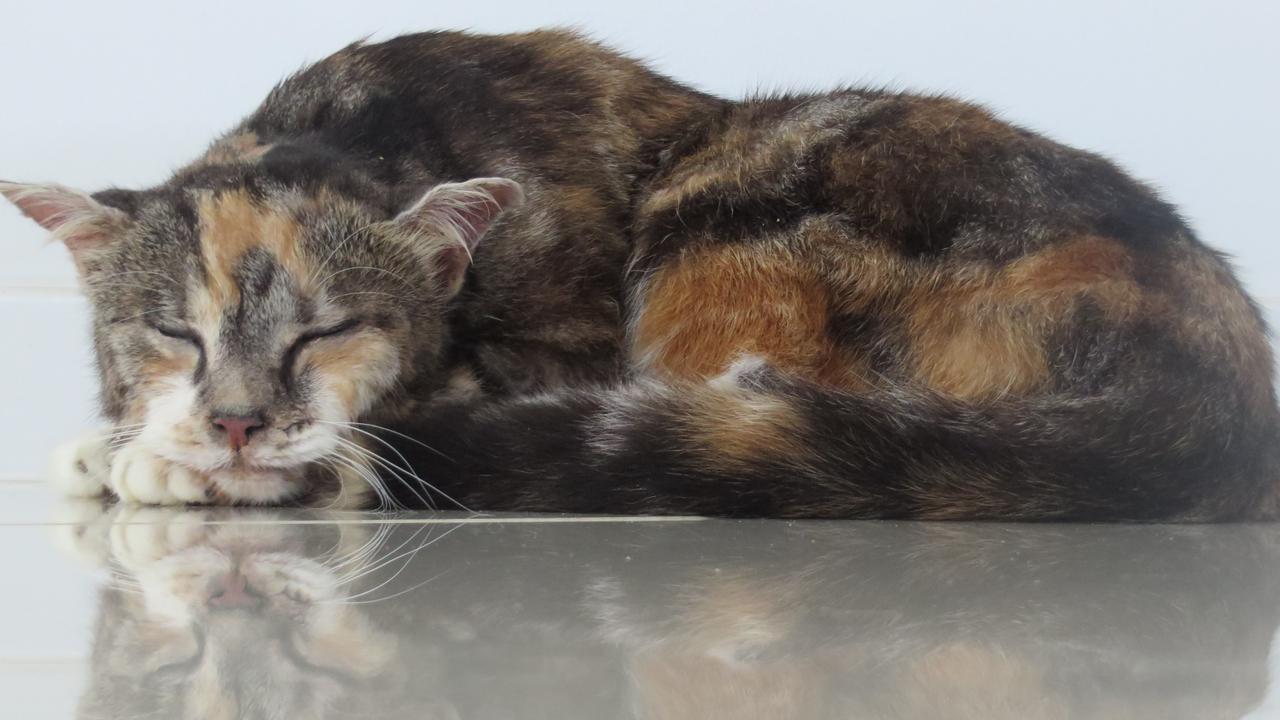
But a pet is a different prospect for taxidermy than a wild beast. Doting pet owners know every quirk; the way Rex’s ears fall, how Strawberry’s nose crinkles. “When you do a red deer, for example, no one knows what that red deer, that particular one, looked like,” says Michalowitz. “With a pet, you never capture the expressions if you do it with traditional taxidermy.”
He tried. But the process of taxidermy, where an animal’s skin is pulled over a mould and shaped, is heavy on man hours, and only the head is generally used. To get a dog such as the mastiff looking close to how his owner remembered him would cost a minimum of $15,000. “No-one could afford it.”
So Michalowitz started researching freeze-drying, a process far more common in the US. An Arkansas family even made a reality TV-show out of their pet freeze-drying business, titled American Stuffers.
But finding a suitable freeze-drying unit in Australia was not easy. Only eight of the industrial-size chambers Michalowitz needed had ever been imported here, mostly used for freeze-drying fruit or flowers.
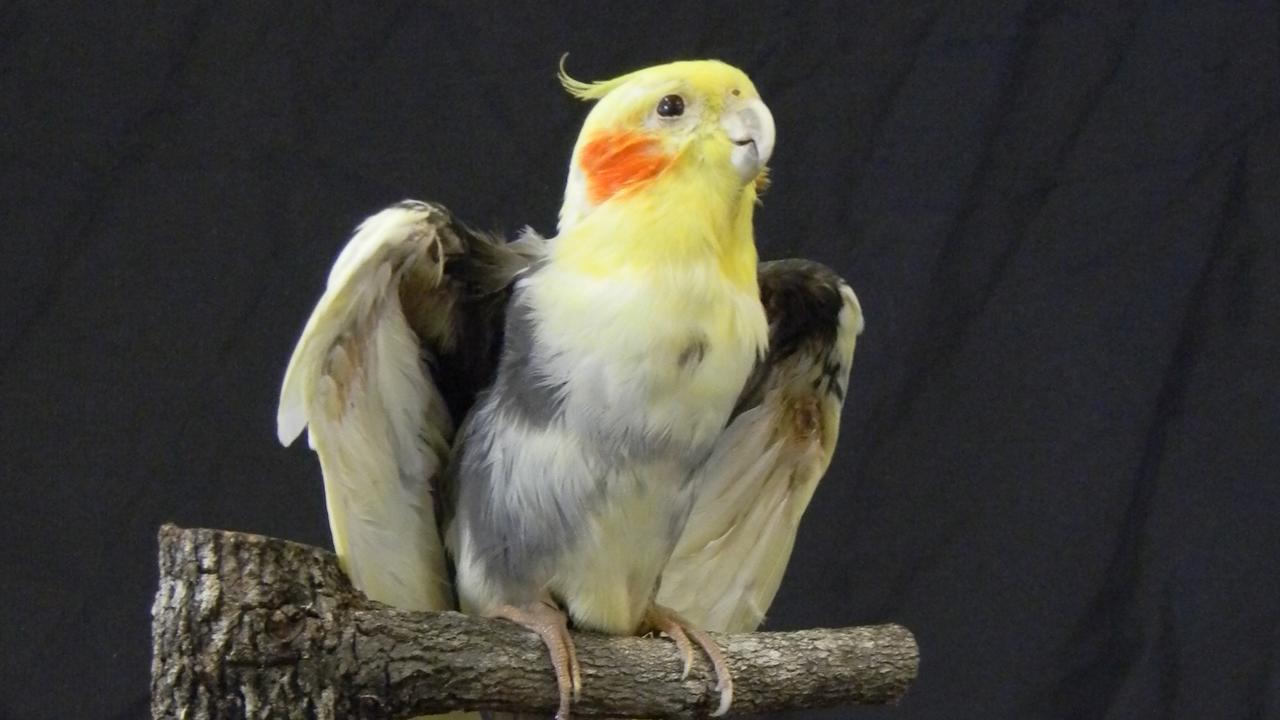
After about a year, one became available second-hand in Tasmania for $80,000 (he recently bought the second one). Then he began learning about temperatures, chemicals and the need to remove fat in over-loved pets for the process to work.
“There was not much information about pet freeze-drying around, it was a secret society,” Michalowitz says. He offered to do the pets of friends, and other small animals. “I did a few test trials and, like anything, when you don’t have much information because no one will tell you, they didn’t turn out so well. But after the fifth or sixth animal, I was starting to get good results.”
He’s done more than 1000 pets since and on average, one new customer per week decides it’s what they want for Fluffy.
“I never push anyone; I always tell them, ‘Think about it’,” says Michalowitz. “I don’t want to be a salesman. I tell them what it is, what they want to know and leave them to decide.” While you decide, though, put your pet in a sealed bag in a freezer.
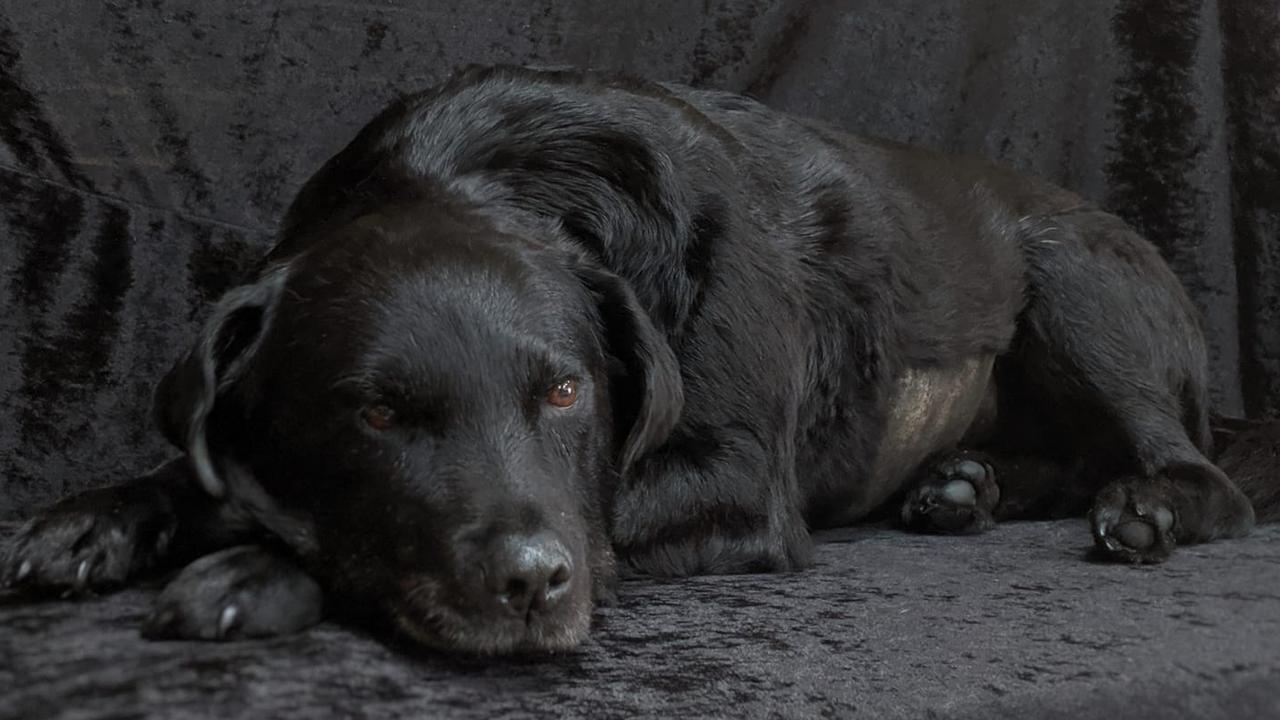
If the decision is “yes”, Michalowitz has a refrigerated transport company that he uses for deliveries to his workshop. But many people, no matter where they are in Australia, like to deliver their dog or cat – or guinea pig, ferret, rabbit, bird – to the door.
That’s where Michalowitz, the counsellor, comes in. “They’re looking for anyone to tell the story of their pet to,” he says. “Just talk about the little things it used to do. How they used to follow them around and how they used to look at them, do certain acts.
“I respect that, I respect their pet, but, like any good counsellor, I don’t take on the emotions. I just try to relieve their anxieties.”
They come with photos, a necessity to enable Michalowitz to model the animals’ expressions and character as closely as possible. They tell him how they want their animal positioned.
Michalowitz suggests they be seated or lying down. “It’s got to look natural; you’re not making a trophy, you’re making a memory of a close part of your family and you want it in as pleasant a position as you can,” he says. “You don’t want an action pose.”
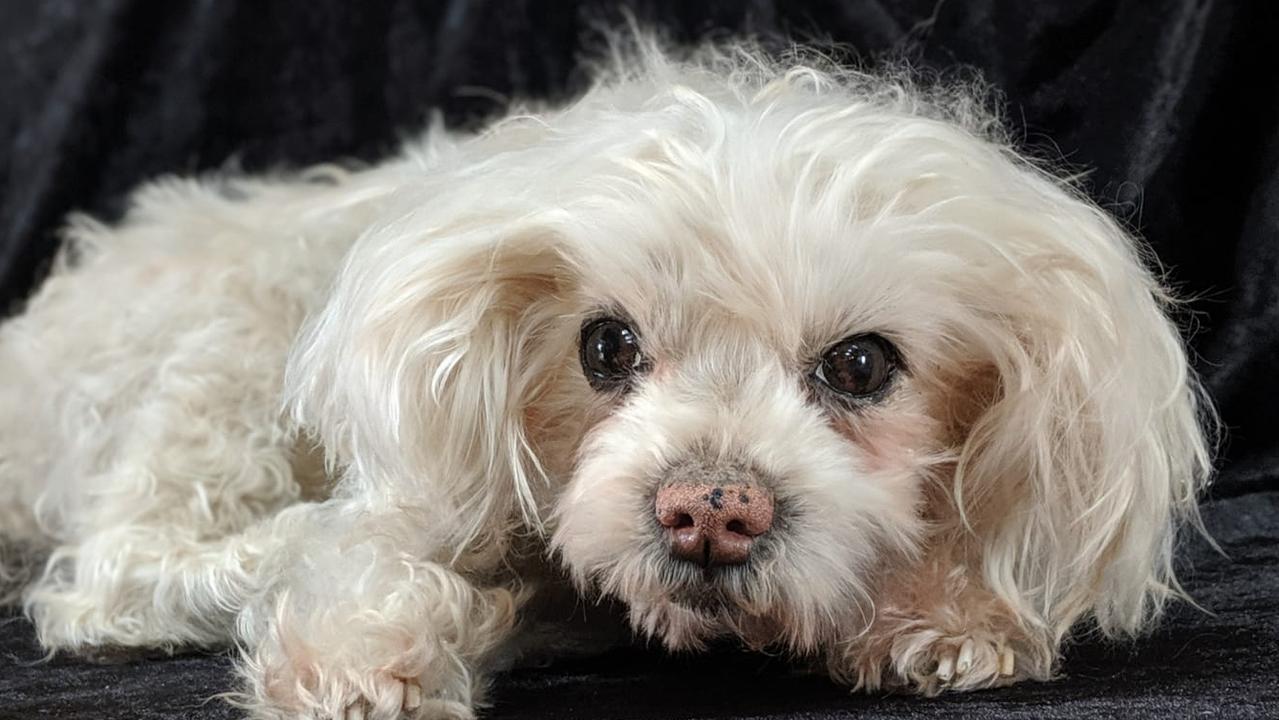
Then, with a teary farewell, the owners leave Michalowitz and his team to their work.
The animal’s internal organs are removed, as well as excess fat. It is washed, with antibacterial and antifungal treatments applied. Next, the pet is posed, secured to a custom-made framework. Some breeds, such as pugs or bulldogs, may need their wrinkles pinned into place. Because eyes are mostly liquid, false ones are inserted. Then the pet is frozen before the freeze-drying process starts.
It’s basically a combination of below minus degrees temperature and a vacuum. “There’s a vacuum put on in the whole system, which is a little bit like the outer atmosphere – next-to-no vacuum,” he says.
“Sea level evaporates at 100 degrees, goes from water to gas. In a vacuum, it starts boiling at minus degrees; it doesn’t go to the water stage, it goes from ice to vapour. So, the more vacuum you have, the lower the temperature, the moisture just evaporates out.”
When the process is complete, the pet is much lighter than when it was alive. It is brushed and retouched, perhaps a bit of putty added to plump things up. Then it is airbrushed.
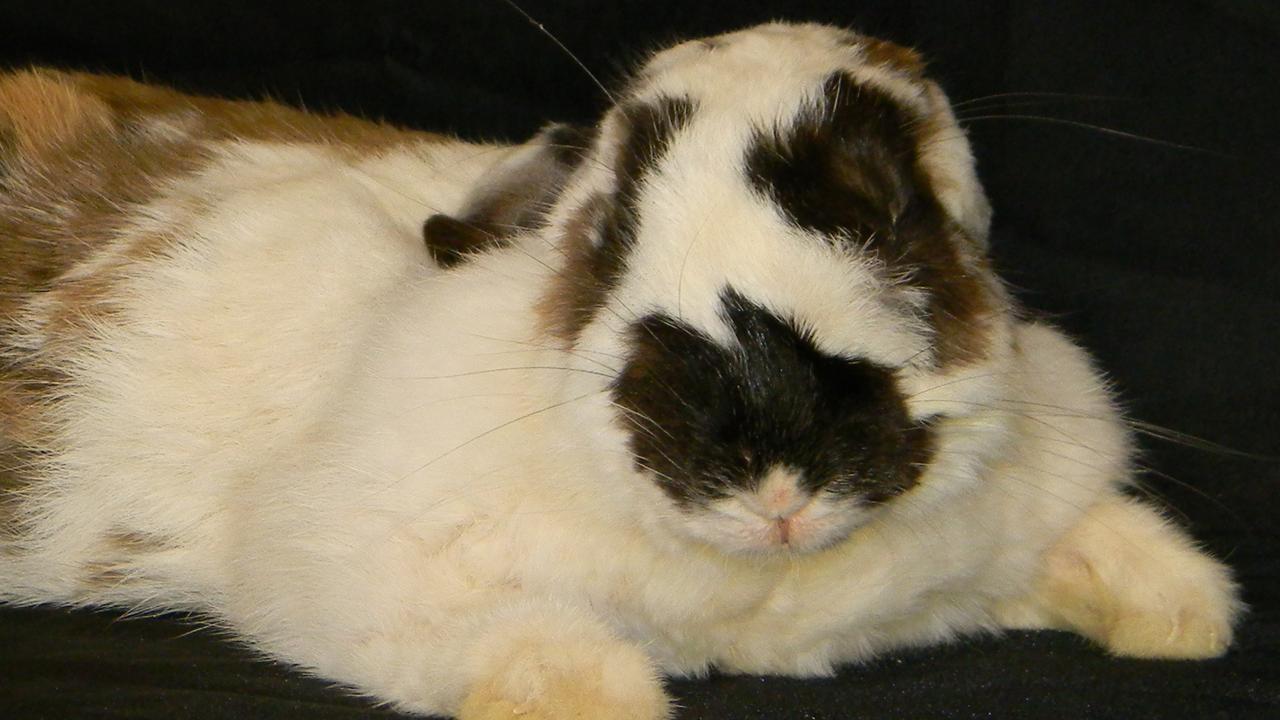
“Eyelids, nose, sometimes a bit of skin, lips, inside the ears. Because when things die and there’s no more blood coursing through, they change colour. They go kind of dry looking so you have to liven it up, freshen it up,” Michalowitz says. “Then the varnishing happens on the nose and the eyelids and the lips a bit, the things that would normally be moist looking.”
And then, the owners can be reunited with their forever pet.
Michalowitz likes to sit the pets on a nice blanket for first viewing. Sometimes, the owners hesitate at the doorway, uncertain about the choice they made months’ prior when in the depths of grief.
But once they lay eyes on their pet, says Michalowitz, tears flow. “Not always, but they’re happy. It’s very emotional,” he says. The owners will often pat them, talk to them. They’re often stunned by how lifelike they look.
“They’re that real that you do a double take and have to look at them a while before you go, hang on …,” Michalowitz says.
He says that as long as the freeze-dried pets are not kept in high humidity or fondled too much, they will last forever. Best not to leave them outside, or placed close to heaters or fireplaces. A bit of long-lasting insecticide “every now and again” helps guard from silverfish.
Occasionally, people decide they don’t want to take the preserved pet home. The passage of time, a new pet, has helped them move on. And Michalowitz believes that for many others, freeze-drying is a stepping stone to burial.
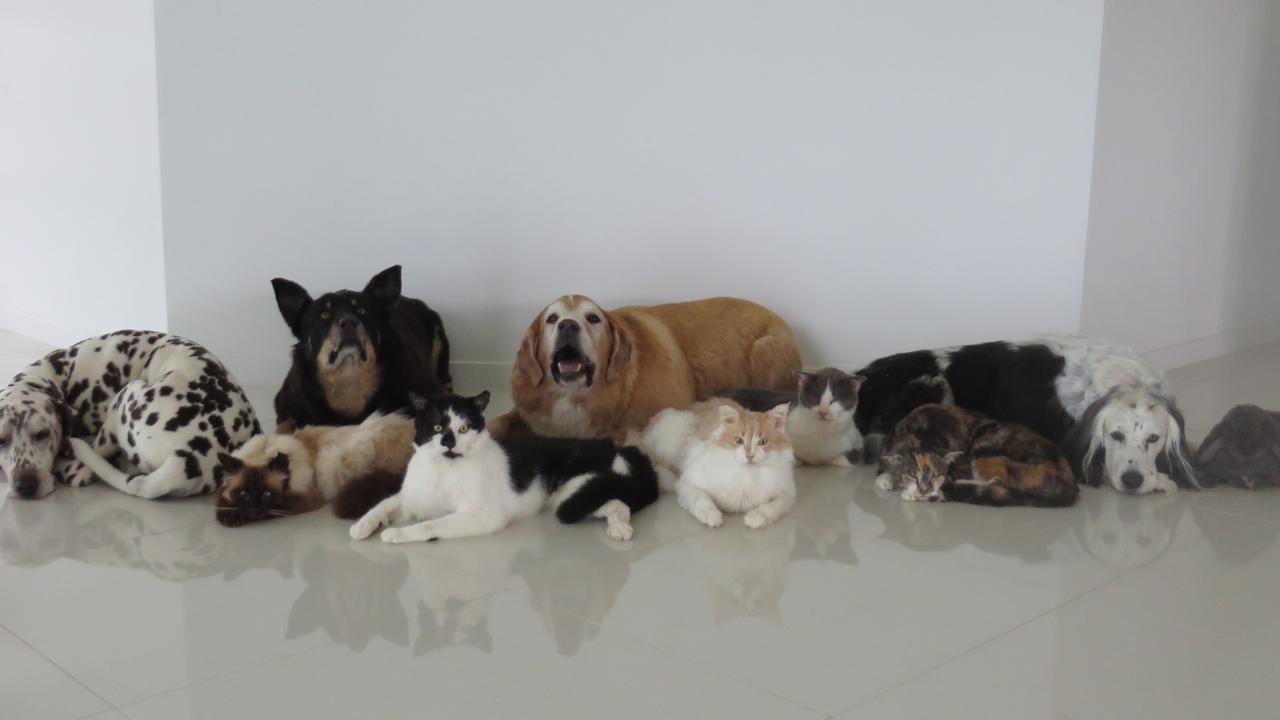
“Quite a few will be buried eventually but it just gives people that time,” he says. “It might get put in a cupboard after a while and eventually they might say, ‘Well, Felix, I should probably bury you now’.”
Some will be buried with their owners.
“I’ve done several like that. I’ve done two for one particular woman now; they have to be preserved and put into a locked case. I get a nice little carved case made, with a plaque on it,” he says. “She has a key; I don’t know if she’s ever opened it.”
Other older people decide this cat or dog will be their last so they want to hold onto their little mate. Michalowitz’s work is in a number of nursing homes, sitting on a dresser, keeping their owner company.
Michalowitz knows the permanent reminder of a dead pet is not for everyone. “Plenty of people find it macabre; they don’t have the same level of attachment, or they deal with death differently.” But Michalowitz has seen the happiness it can bring and urges people to have an open mind.
“A lot of these pet owners have to deal with friends putting them down, saying, ‘How weird are you?’. Instead of being a friend and being supportive. They can say, ‘Are you sure you want to spend that money?’, that’s fine. But to make you sound like you’re somehow weird isn’t great,” he says. “It’s just their way of dealing with that grief.”
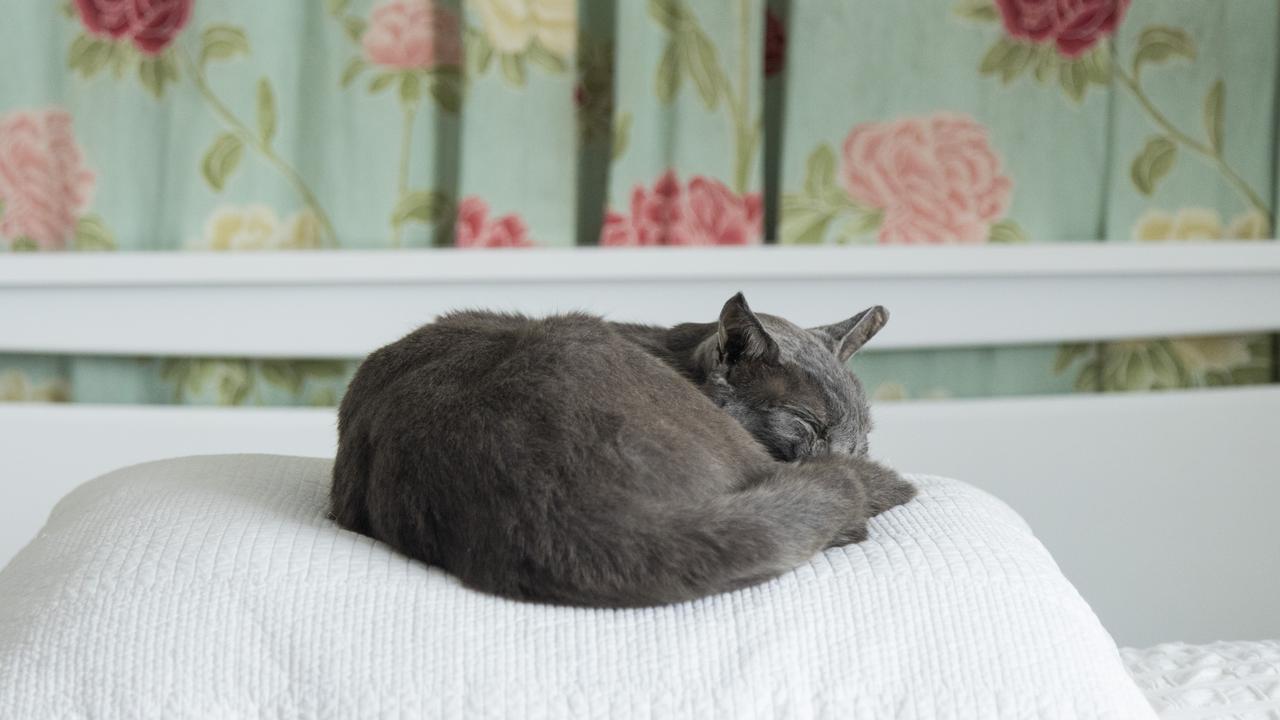
GRIEF TOO GREAT
There was no way, absolutely none, that Amanda Such was ever going to have any of her cats freeze-dried. Until Rosie and Milton died within two months of each other.
Such was still dealing with the pain of losing four-year-old Rosie to polycystic kidney disease when her husband answered the door to a neighbour. The woman was bearing a box and terrible news. She’d been looking out her kitchen window when she saw a grey cat slumped, lifeless, across the branches of a tree. It was Milton, just three years old.
“He fell into a tree branch and crushed himself,” says Such, 44. “We were still grieving Rosie, it was …” She trails off, wiping away tears.
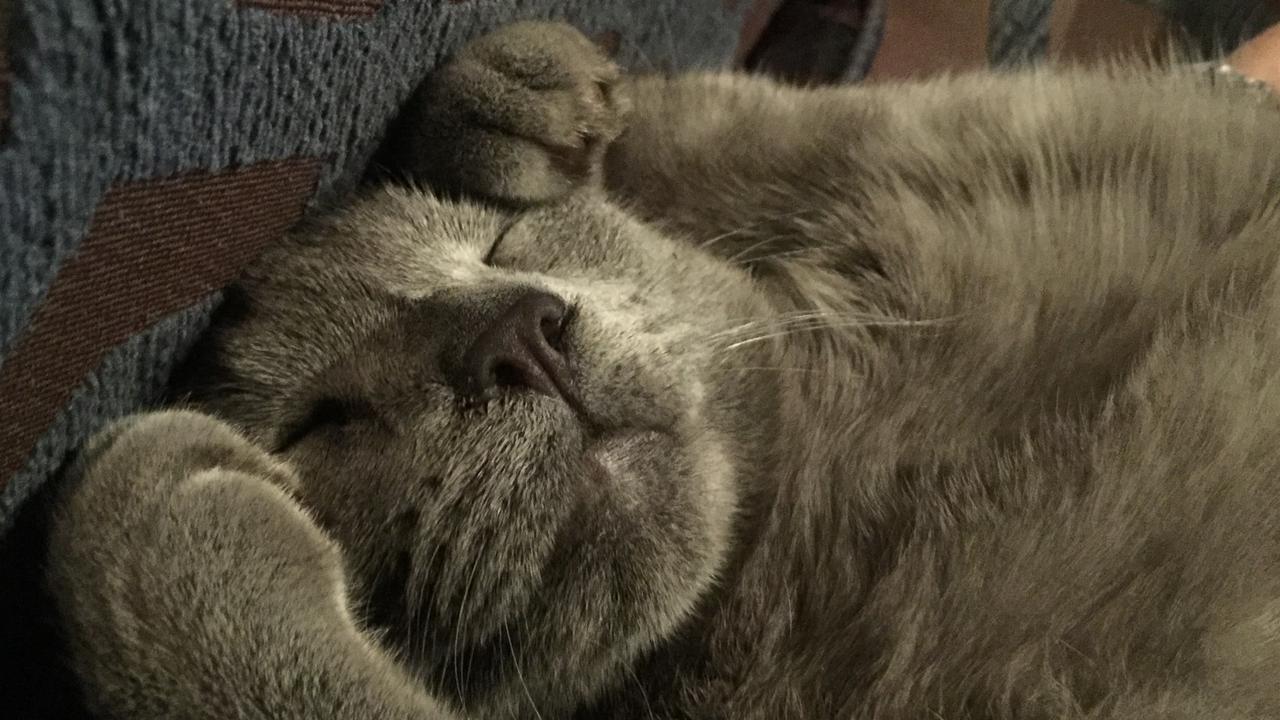
Rosie had been buried in their back yard in Bulimba, in Brisbane’s inner east, “under a little angel holding a cat”. But the idea of burying Milton so soon after Rosie’s death was too much.
“I just couldn’t face it; I just couldn’t even think about it,” says Such. “Milton was the most snugly, cuddly cat. You could carry him around in your arms all day. He was my baby. He was just perfect. So good-natured, so sweet, so kind.”
Bereft, Such put Milton’s body in a downstairs freezer until she was ready to decide what to do. She hated having him in the freezer. “But I still couldn’t decide,” says Such. “So I thought, I’ll have him preserved. I just can’t let him go just now.”
The Suchs found themselves scouring the internet for options. “My husband and I were just like, ‘This is so weird, this feels so odd, hunting for someone who would do (preservation)’.” She knew she didn’t want Milton taxidermied. Then they found Michalowitz.
The day before our interview, the Suchs drove to Kandanga to pick up Milton. “Would you like to see him?” asks Such.

She returns with a pretty embossed box. Inside is Milton, curled up, eyes closed as if asleep. He’s the cat I saw in Michalowitz’s workshop a few days earlier.
“He looks thinner,” she says, stroking his ears. “I’m still a little bit freaked out by it but I’m pleased with him. I’m not the sort of person that’s going to put him on a mantelpiece and be like, ‘Look at preserved Milton!’ but it’s given me breathing space. And that’s nice to have. I can say goodbye more slowly.”
She says before her traumatic period of grief, she would have judged others for making the decision she made. “I would have thought, ‘God, that makes me uncomfortable. Why can’t you just let your cat rest in peace?’
“You think you know yourself so well but you just don’t know what you will do until the circumstances arise.”
When the time is right, Milton will be buried. Until then, the little grey cat that climbed too high will be within arms’ reach, curled up, as if asleep, giving Such comfort.


